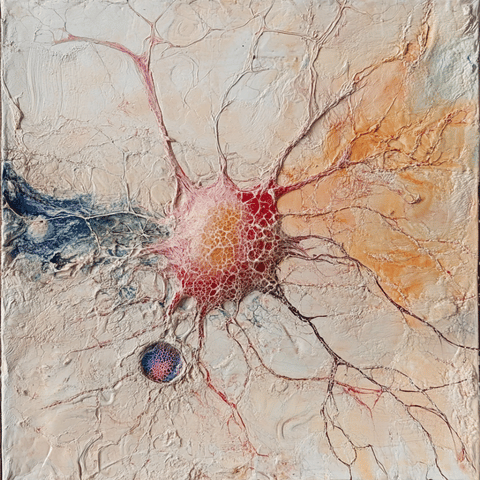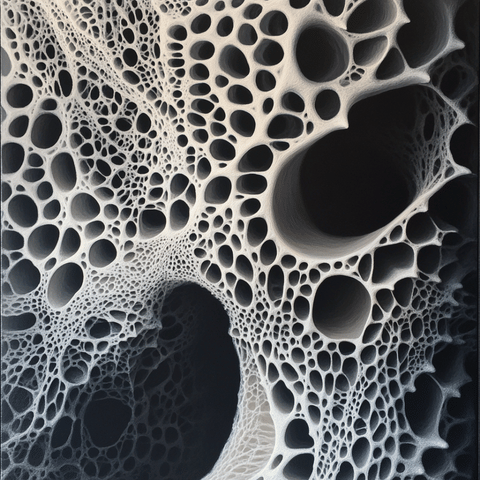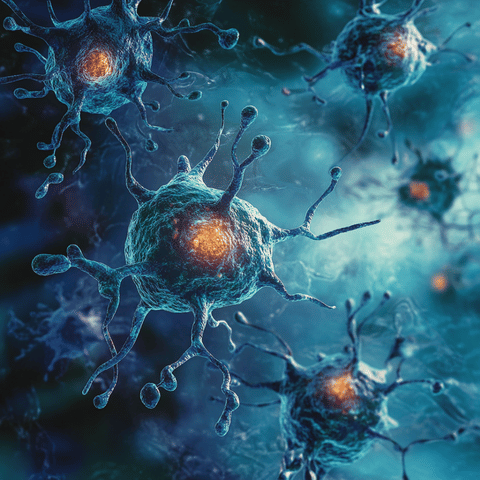Connective Tissue Matrix: The Foundation of Structural Integrity

Introduction
The connective tissue matrix is a cornerstone of the human body, providing the structural framework that supports and binds cells and tissues together. This dynamic matrix is essential for maintaining the integrity and functionality of organs and systems, ensuring they can withstand mechanical stress and function optimally.
Learn more about connective tissue basics: National Institutes of Health (NIH)
What is the Connective Tissue Matrix?
The connective tissue matrix is composed of:
Proteins: Collagen and elastin.
Fibers: Providing strength and elasticity.
Ground Substance: A gel-like medium that facilitates nutrient exchange and cell communication.
This matrix is not just a passive scaffold but an active participant in regulating cell behavior and tissue repair.
Explore the composition of the matrix: PubMed Central (PMC)

Key Components of the Matrix
Collagen: The Strength Builder
The most abundant protein in the human body.
Provides tensile strength to tissues like tendons, ligaments, and cartilage.
Types of collagen:
Type I: Found in bones, skin, and tendons.
Type II: Predominant in cartilage.
Elastin: The Flexibility Provider
Enables tissues to stretch and recoil.
Essential for organs like skin, lungs, and blood vessels.
Ground Substance: The Dynamic Medium
Composed of proteoglycans, glycoproteins, and water.
Maintains hydration and facilitates nutrient diffusion.
Supports cell signaling and communication.
Functions of the Connective Tissue Matrix
Structural Support: Maintains tissue shape and resists mechanical stress.
Nutrient Transfer: Enables the exchange of nutrients and waste between cells and blood vessels.
Cell Communication: Facilitates biochemical signaling for growth, differentiation, and repair.
Role in Tissue Repair and Regeneration
During injury, the matrix undergoes remodeling to restore tissue integrity.
Fibroblasts play a key role by producing collagen and other matrix components.
The matrix also guides cell migration and tissue regeneration.
Connective Tissue Matrix in Health and Disease
Healthy Function: Ensures tissue resilience and proper organ function.
Pathological Conditions:
Fibrosis, osteoarthritis, and certain cancers can arise from matrix abnormalities.
Understanding these changes is crucial for developing targeted therapies.


Advances in Regenerative Medicine
Tissue Engineering: Replicating the matrix to create environments for cell growth.
Biomaterials: Manipulating the matrix to treat injuries and degenerative diseases.
These innovations hold promise for improving patient outcomes in regenerative medicine.
Conclusion
The connective tissue matrix is a vital and dynamic component of the human body, essential for structural support, cell communication, and tissue repair. Its role in both health and disease highlights its importance in medical research and therapeutic development.

Explore More
Learn About Collagen Types: NIH Collagen Overview
Discover Advances in Tissue Engineering: Nature Tissue Engineering
Read About Matrix-Related Diseases: Arthritis Foundation
